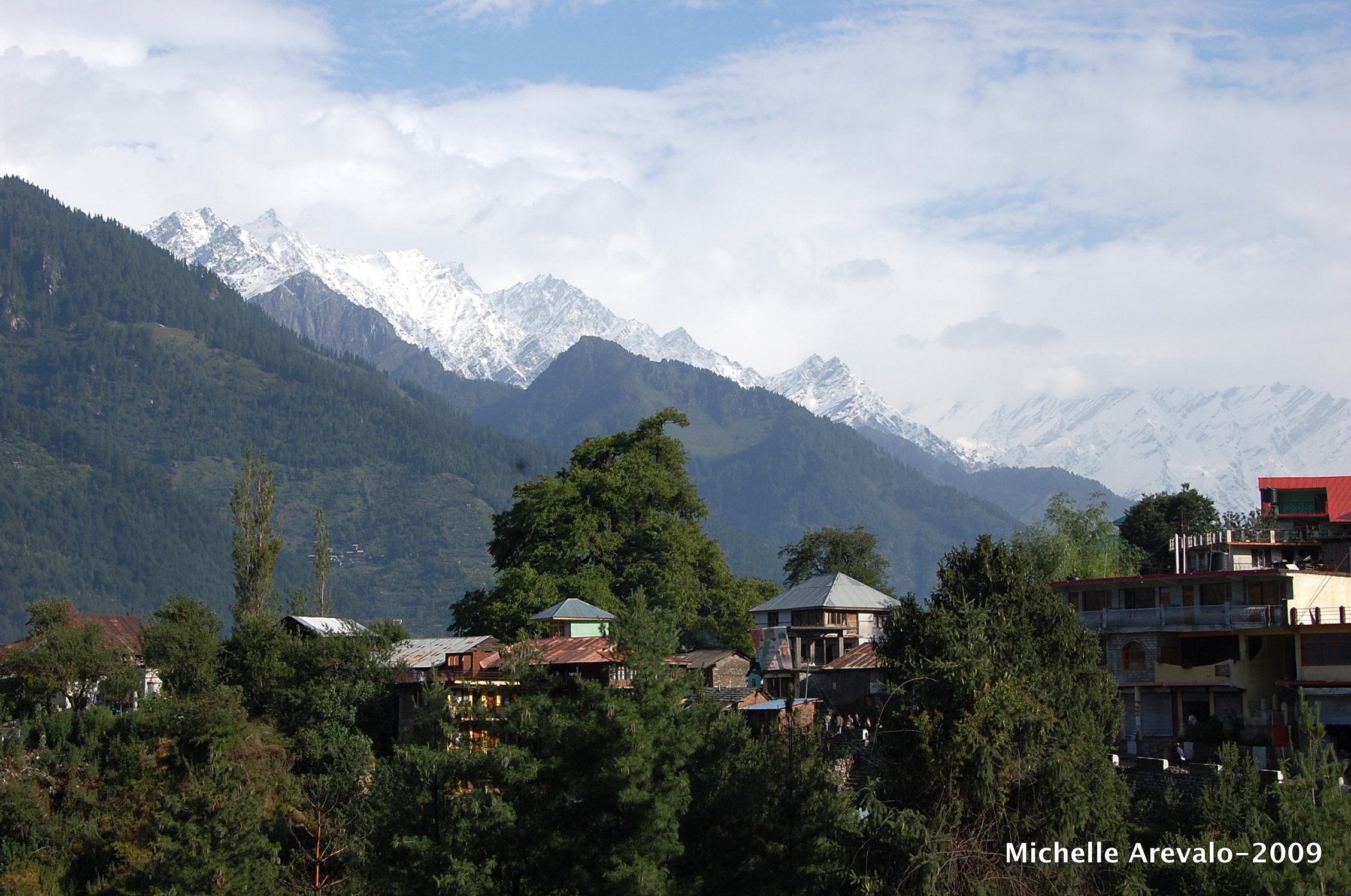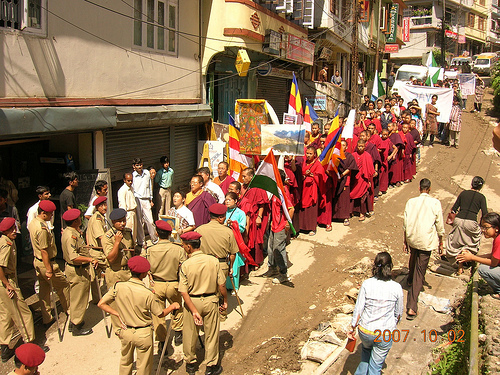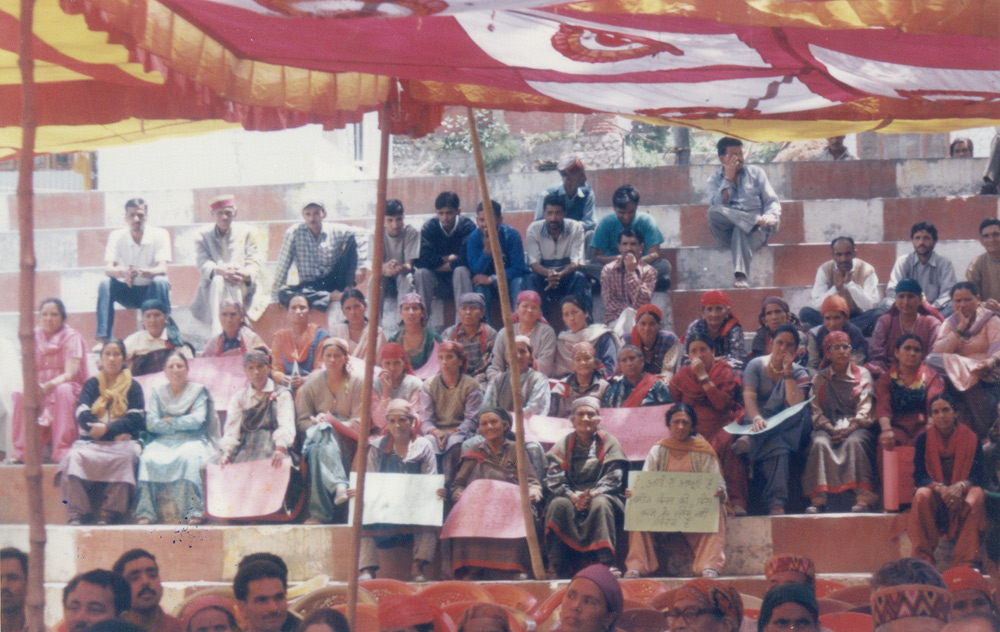Michelle Arevalo, IAP
Jagatsukh’s culture and economic development are now being sacrificed for the glitzy middle class consumption which is on display in the nearby holiday resort of Manali. With support from the World Bank Group, the Norwegian government and the CDM, private investors are currently building the Allain Duhangan Hydropower Project on village lands. The project has brought 2,000 workers, illegal logging, serious accidents and conflict to Jagatsukh. The dam will divert the creeks on which the farmers have so far depended for their livelihoods. But since the villagers will not be physically displaced, they are falling through the cracks of the World Bank’s safeguard policies.
The sad story of Jagatsukh risks being repeated a hundredfold across the Himalayas. With plans to add 150,000 megawatts of hydropower capacity, the dam builders and governments of India, Pakistan, China, Nepal and Bhutan are intent on turning the Himalayan Arc into the world’s region with the highest concentration of large dams. A new report published by International Rivers analyzes this latest dam builders’ fantasy and how we can respond to it.
The rich cultural diversity of the region’s people, the fragile ecosystems, the high biodiversity and breath-taking beauty make the Himalayas a true global heritage. They have the world’s largest pack of snow and ice outside the poles, and are the sources of some of Asia’s mightiest rivers, including the Indus, Ganges, Brahmaputra, and Yangtze. One and a half billion people in the region and the downstream floodplains of China, Bangladesh, India and Pakistan depend on these rivers for their livelihoods.
ACT
The people of the Himalayas meanwhile, who have no part in the decision-making, bear the consequences. In hundreds of villages like Jagatsukh, investors are riding roughshod over the needs and development priorities of local communities. Developers are proposing to divert rivers such as the Alaknanda, Bhagirathi, Chenab, Sutlej, Seti and Teesta into tunnels for dozens or even hundreds of kilometers. While cynical developers argue that such projects are beneficial because they do not create large reservoirs, the diversions cut off whole valleys from their lifeline.
Tens of thousands of people are threatened to be displaced by proposed dams such as Bhasha and Tipaimukh. Reservoirs are submerging the rich biodiversity, forests and scarce fertile lands of Himalayan valleys – often without compensation to the local people, whose economy may not be based on the private ownership of land. And crews of thousands of construction workers from outside the region are pushing indigenous populations to the brink of social and cultural extinction.
Global warming compounds the risks of the new dam building spree. Climate change is affecting the Himalayas faster than any other world region. In the short term, glacial melt and unpredictable weather patterns are heightening the safety risks which Himalayan dams pose to the downstream populations. Over the longer turn, the disappearance of the region’s glaciers will strongly affect water flows and the economic basis of the proposed dams.
SANDRP
Yet given the scale of the onslaught on the Himalayas, opposing destructive dams one project at the time is not sufficient. Civil society groups across the region need to better coordinate their work, analyze new issues such as the impacts of climate change on dams in more depth, and prepare a coordinated strategy to challenge the plans of governments, investors and their financiers. At International Rivers we plan to support such a coordinated approach in the coming years. The new report by Shripad Dharmadhikary, one of the best experts and strategic minds in South Asia’s water sector, provides an excellent foundation for this.
Download the full report, Mountains of Concrete: Dam Building in the Himalayas.
Peter Bosshard is the policy director of International Rivers. His blog, Wet, Wild and Wonky, appears at www.internationalrivers.org/en/blog/peter-bosshard

